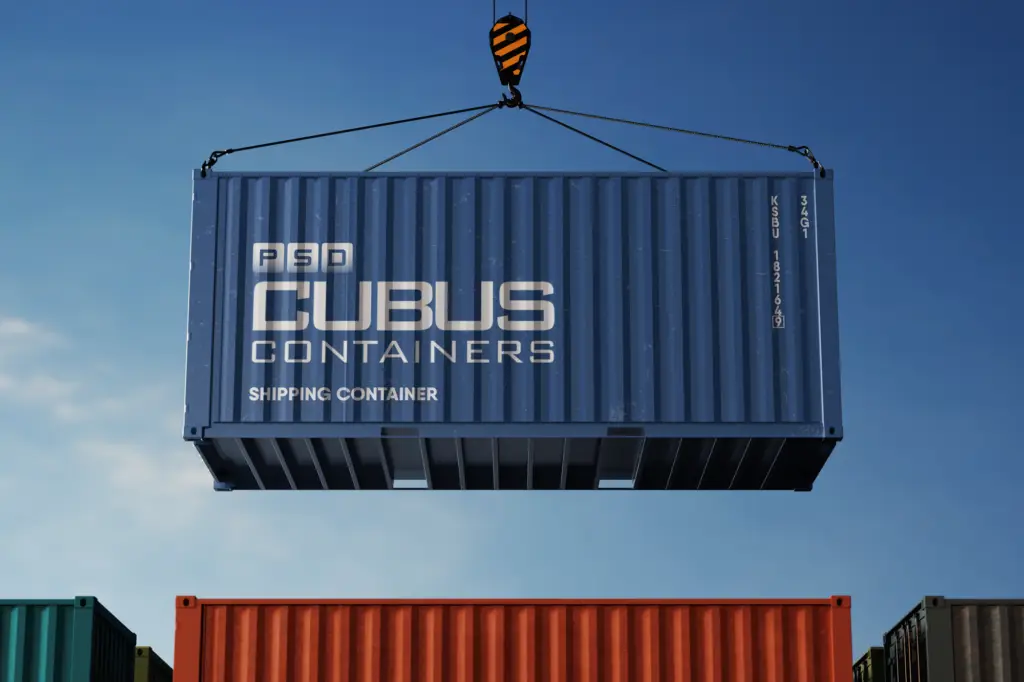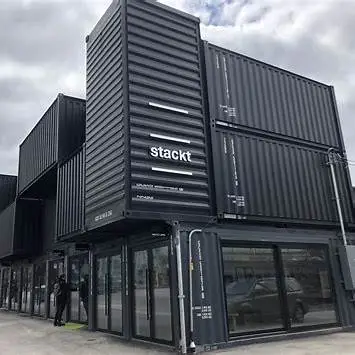Ever wondered how those unassuming steel boxes crisscrossing the globe are shaping our economy?
According to Meticulous Research®, the shipping containers market is set to hit a staggering $13.1 billion by 2031. Let’s delve into the factors steering this colossal growth.
Shipping containers, the unsung heroes of global trade, are witnessing unprecedented demand. The surge in cargo transportation via ships and burgeoning trade agreements between nations are pivotal in this expansion. Moreover, the escalating need for refrigerated containers to transport perishable goods and the exponential growth of e-commerce shipping operations are opening new avenues for market stakeholders.

Market Dynamics
The shipping containers market is projected to grow from $9.4 billion in 2024 to $13.1 billion by 2031, at a compound annual growth rate (CAGR) of 4.8% during the forecast period.
Key Drivers
- Increase in Cargo Transportation via Ships: Maritime shipping remains a cost-effective and secure method for transporting large volumes of goods, bolstering the demand for shipping containers.
- Trade Agreements Between Nations: The proliferation of international trade agreements has streamlined cross-border transactions, necessitating efficient containerized transport solutions.
- Demand for Refrigerated Containers: The global appetite for fresh and frozen foods has spiked, driving the need for refrigerated containers that ensure perishable goods reach their destinations unspoiled.
- E-commerce Boom: The e-commerce sector’s explosive growth has intensified the demand for reliable shipping containers to facilitate swift and safe delivery of consumer goods worldwide.
Market Segmentation
- By Type: Dry storage containers dominate the market due to their versatility in transporting various goods. Refrigerated containers are gaining traction, especially in the food and pharmaceutical sectors.
- By Size: Large containers (40 feet) hold a significant market share, offering economies of scale for bulk transportation. High cube containers are preferred for voluminous cargo.
- By End-use Industry: The industrial products segment leads the market, followed by food & beverages, consumer goods, and healthcare industries.
Regional Insights
Asia-Pacific is expected to dominate the shipping containers market in 2024, attributed to its extensive coastline, numerous manufacturers, and government initiatives promoting marine trade.
The region’s booming trade routes and pivotal manufacturing centres further enhance its market position.
“The shipping container is the little steel box that could—and did—transform global trade.”
E-commerce Giants Fueling Container Demand
The meteoric rise of e-commerce behemoths like Amazon and Alibaba has revolutionized global shipping dynamics. These companies rely heavily on an efficient supply chain, with shipping containers playing a crucial role in their logistics operations. The need for rapid delivery and vast product ranges has compelled these giants to invest in advanced container solutions, including refrigerated and high cube containers, to meet consumer expectations. Their expansive distribution networks have significantly contributed to the surge in container demand, exemplifying how e-commerce growth propels the shipping containers market.









